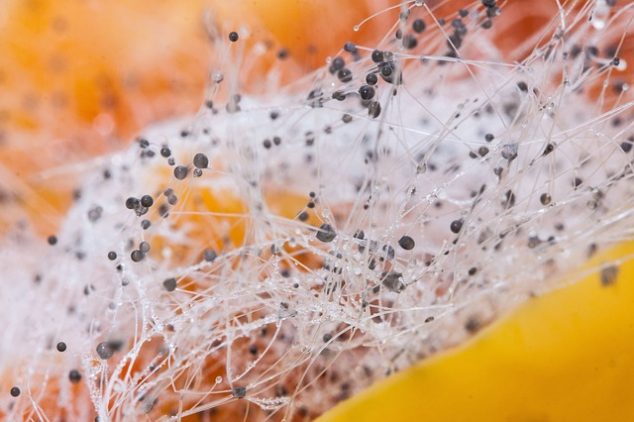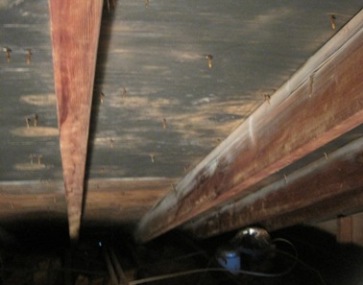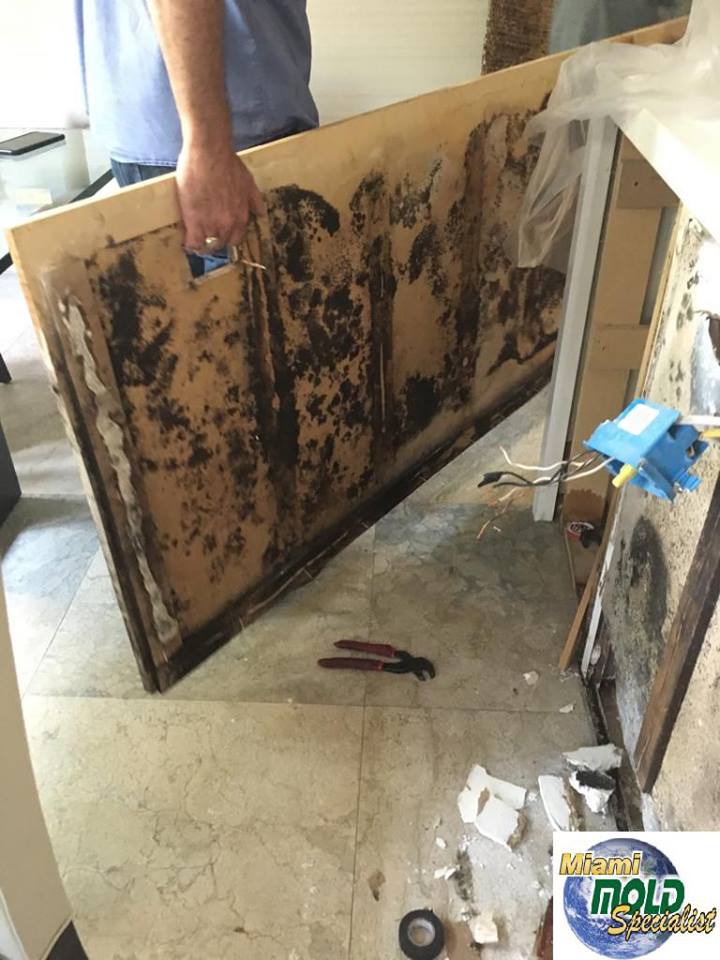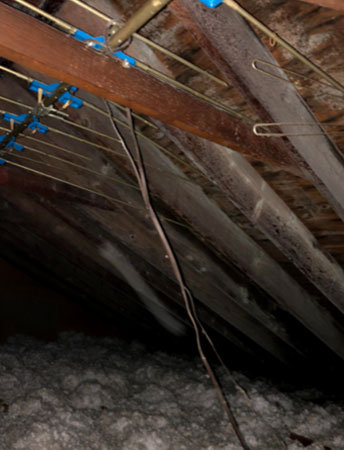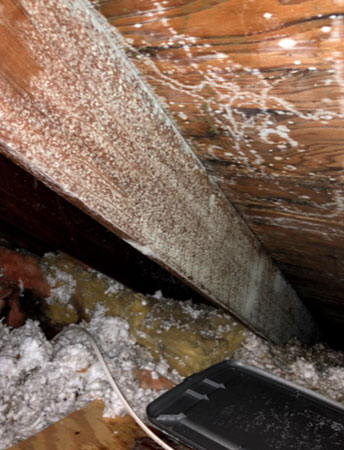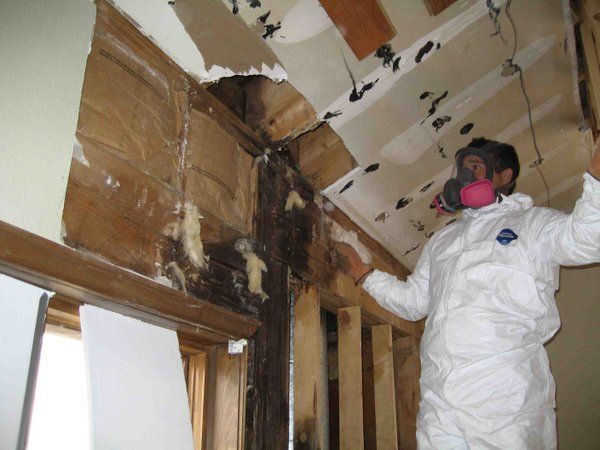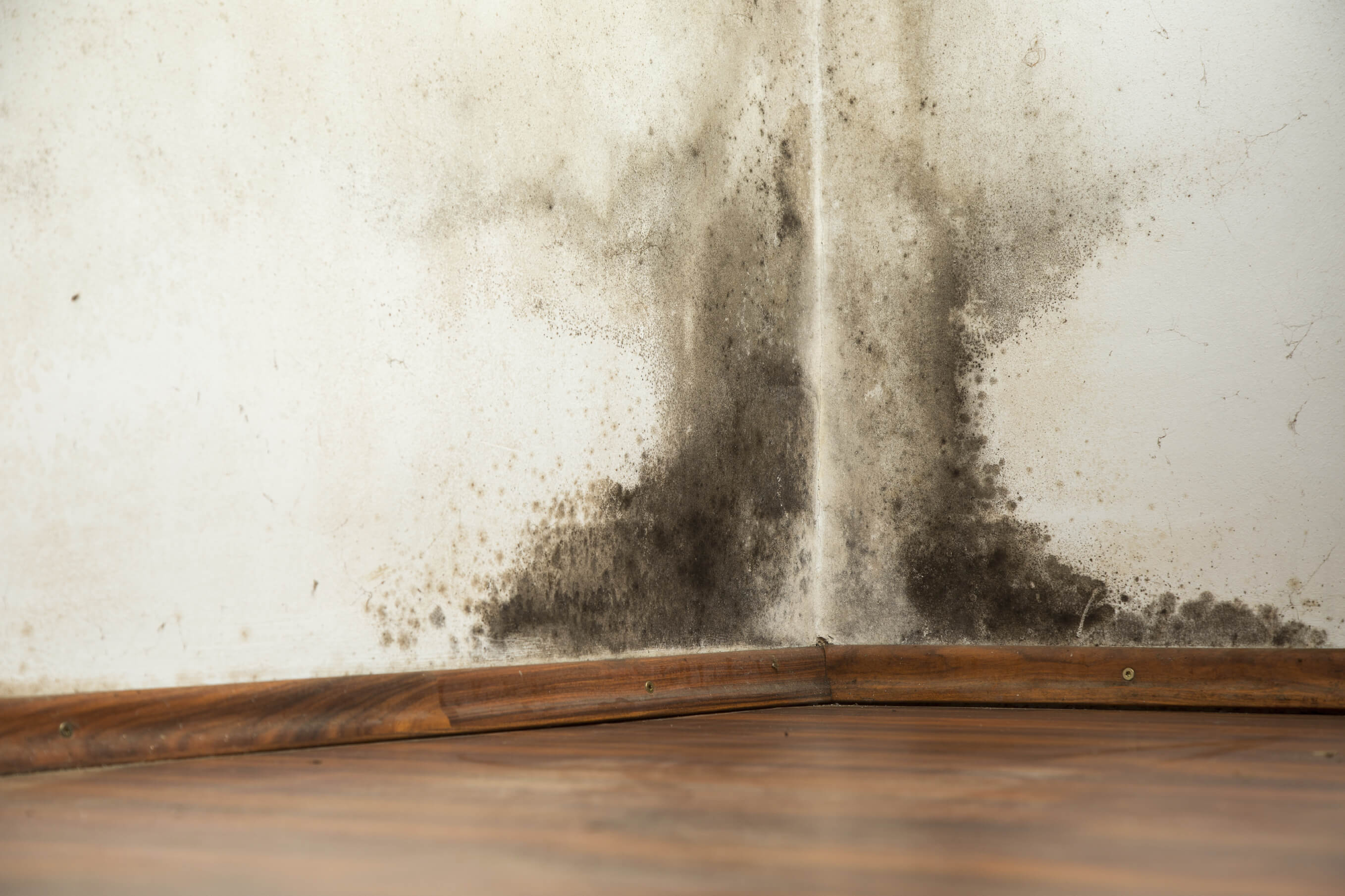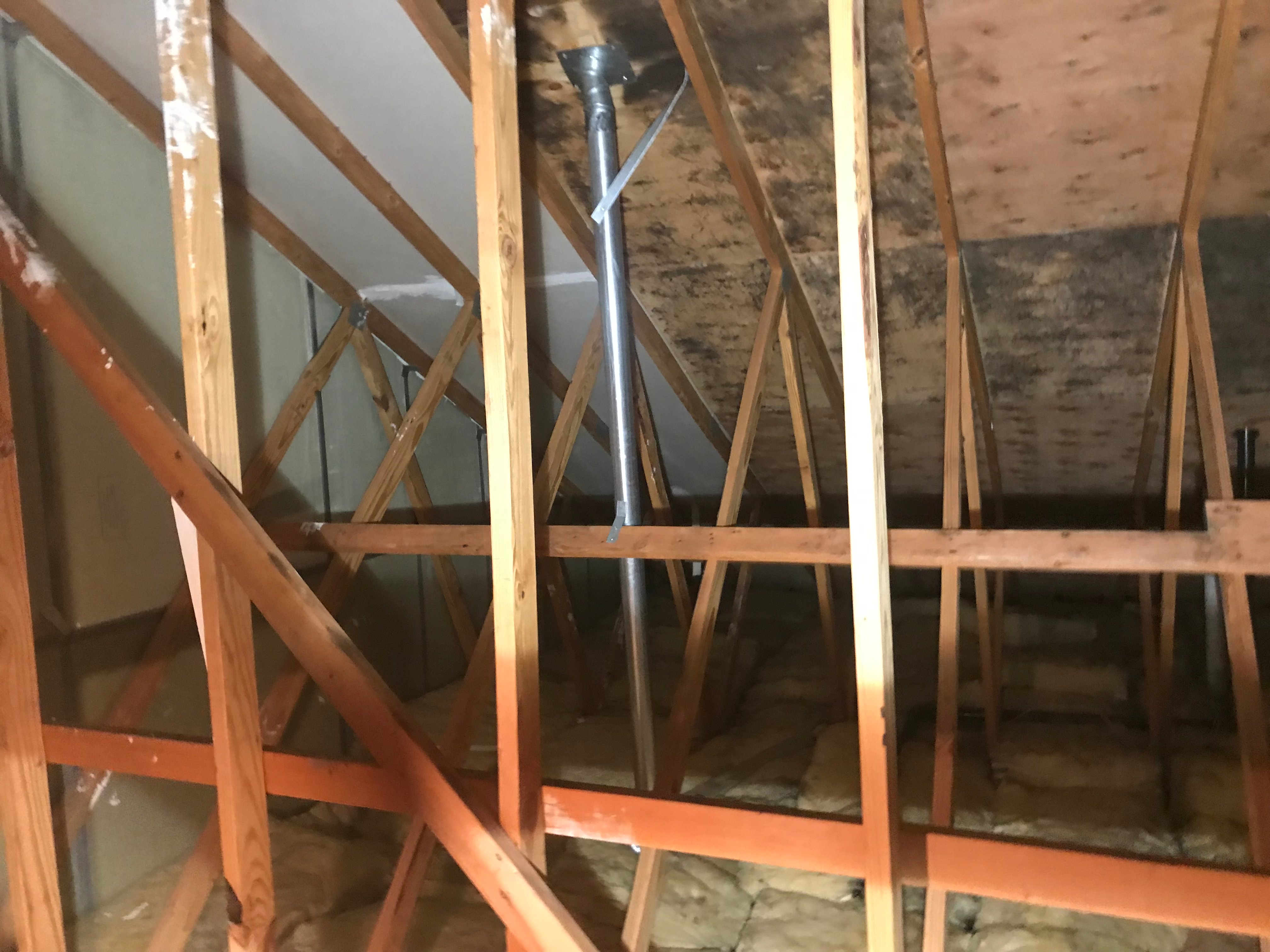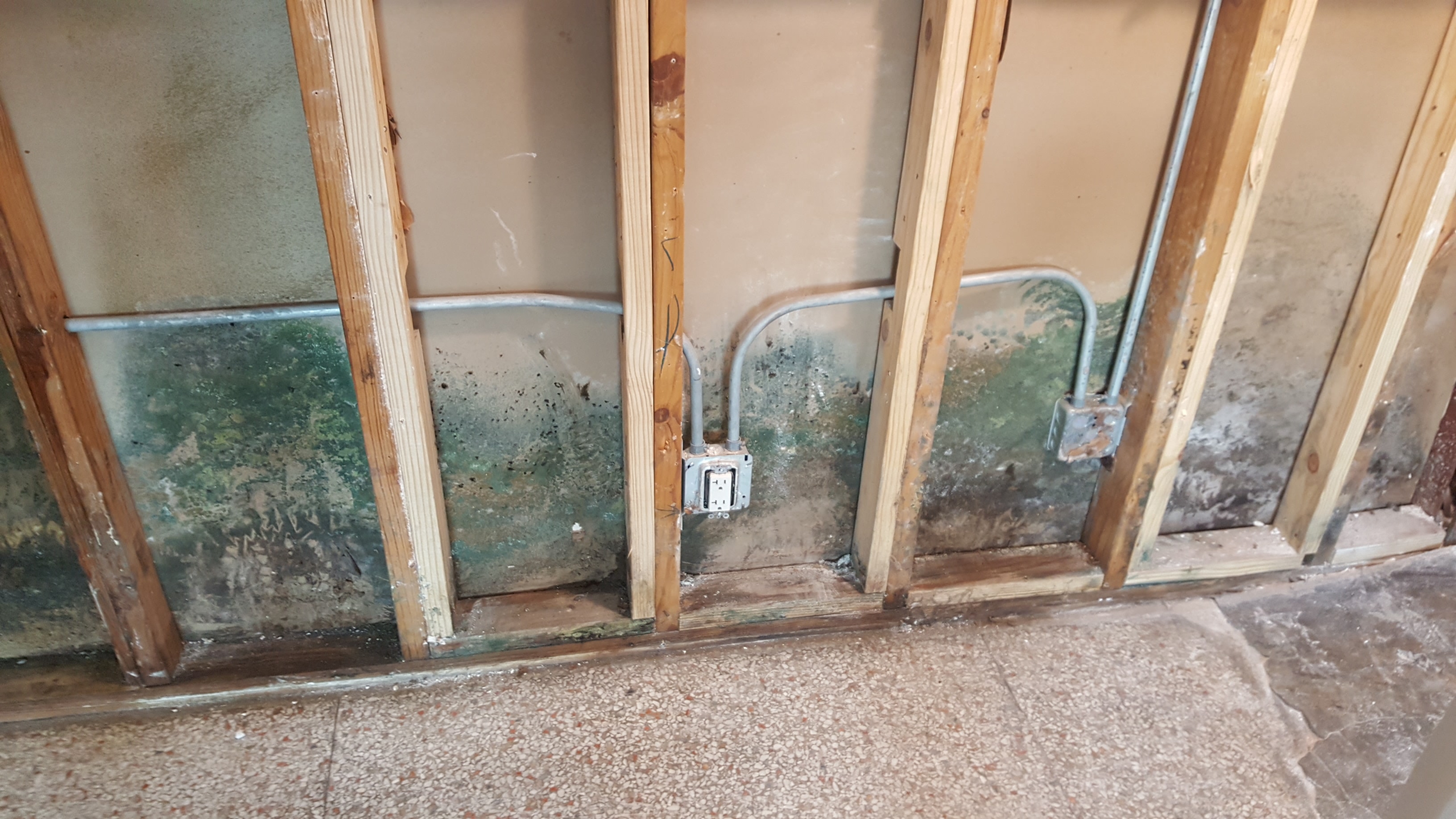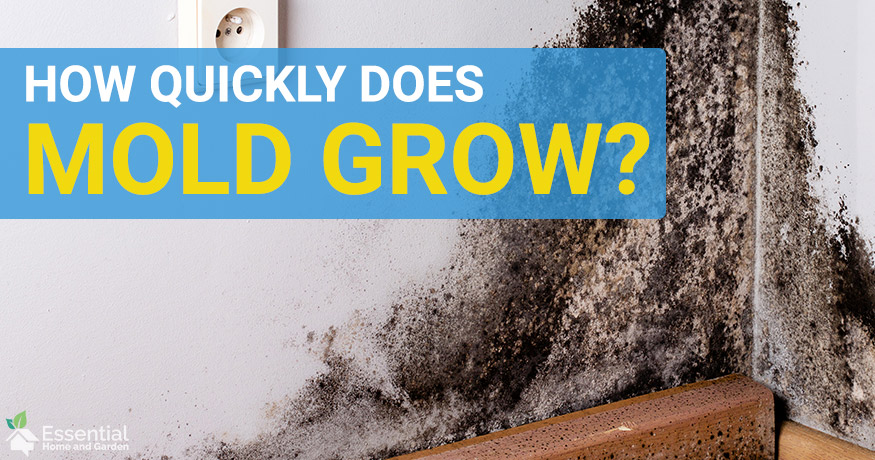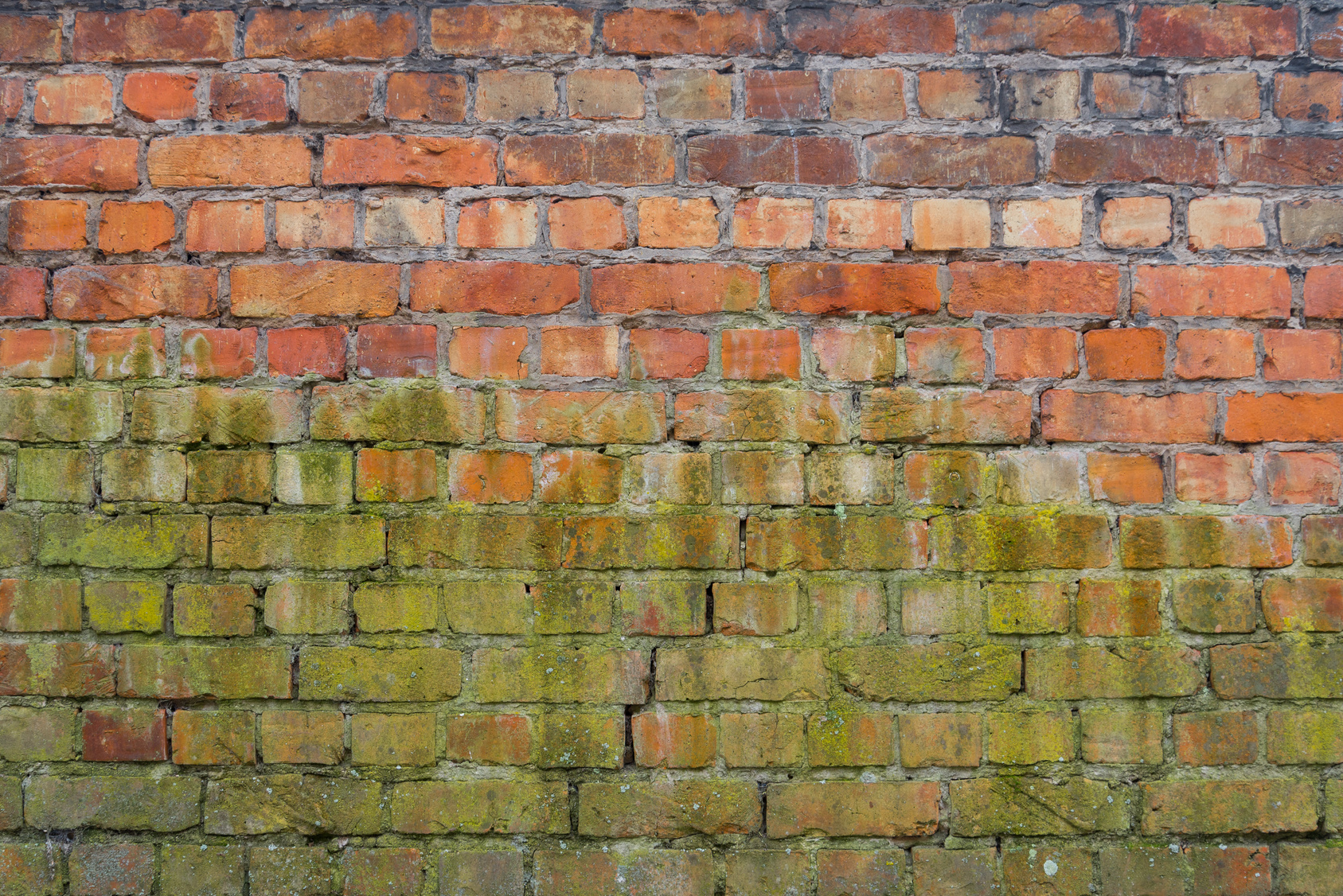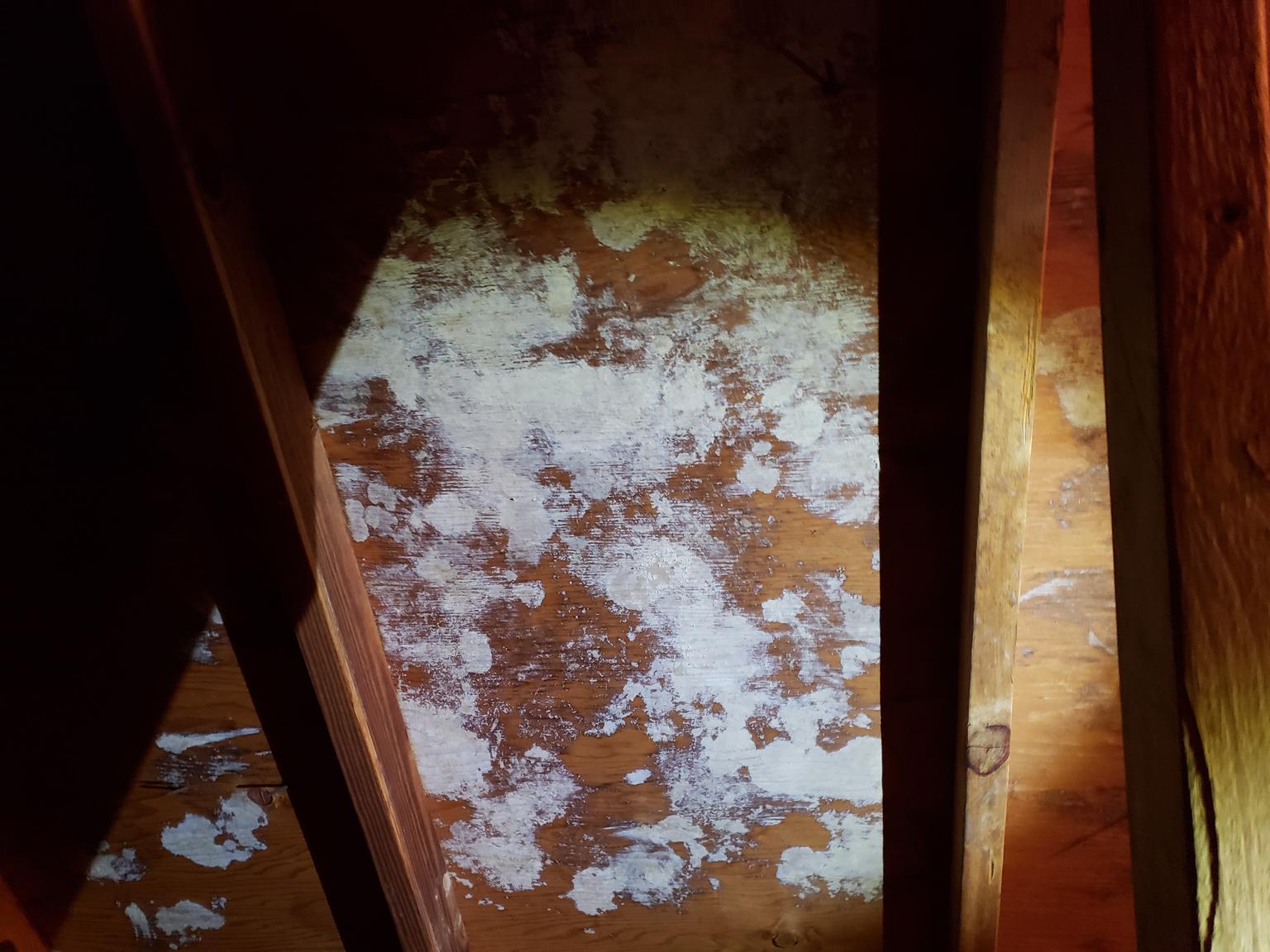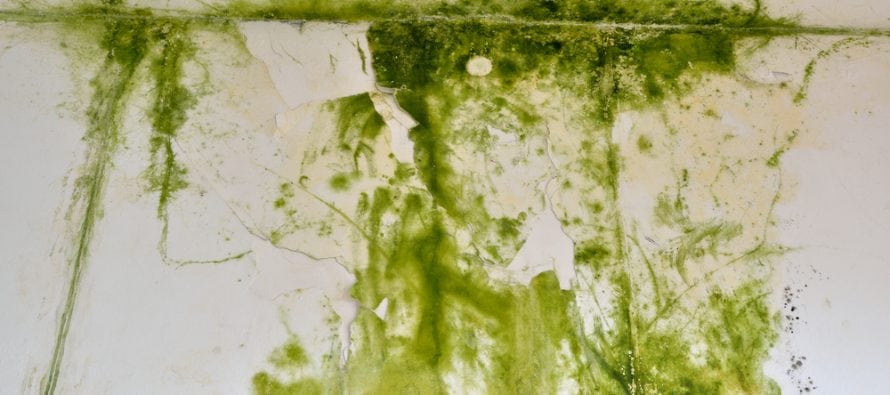Penicillium aspergillus raw count 123 spores m 824 total of 19 scopulariopsis raw count 122 spores m 817 total of 19 any help in understanding this report is much appreciated.
Penicillium aspergillus in attic.
500 1500 spores sometimes the penicillium aspergillus cladosporium levels are in this range and there is not an issue that needs to be remediated.
There are only two evidence at this point the smell and this air sampling report.
Aspergillosis is an infection caused by a type of mold fungus.
We removed the carpet made some holes in the walls and check the attic for leak but no presence of mold was visualized.
When dealing with spore trap lab results you will often see these types listed together in groups such as aspergillus penicillium asp pen or pen asp.
Made with one part of vinegar hydrogen peroxide or mild detergent and three parts of water add bleach if necessary.
The mold that triggers the illnesses aspergillus is everywhere indoors and outdoors.
If no water intrusion or mold issue is found during the inspection these levels can be caused by normal life in an enclosed environment.
Aspergillus and penicillium are two of the most common mold genera that we see in air samples.
Allergic reactions may occur in some people which may include respiratory symptoms a rash or hives and even trouble breathing and swelling in the throat a potentially life threatening reaction called anaphylaxis.
For instance if there is no ventilation in your bathroom the moisture from your showers will cling to the walls again and again providing an ideal home for mold to live and grow.
Penicillium mold in the indoor environment penicillium a genus of ascomycetous fungi has a long history of interaction with mankind.
1500 3000 spores this is where the grey area begins.
Let the surface dries naturally and repeat the process until you no longer see the mold.
Just like other molds aspergillus penicillium grows and thrives in damp dark areas.
These gases permeated into room air and upstairs.
Penicillium in attic on roof sheathing exposure to mold spores can cause all sorts of respiratory problems including shortness of breathing coughing sneezing a runny nose and chronic sinusitis.
While air samples weren t that bad the issue was the mold gases produced by the hidden aspergillus.
The illnesses resulting from aspergillosis infection usually affect the respiratory system but their signs and severity vary greatly.
2 13 2 ascospores 1 13 2.
If these conditions are met the mold grows at a rapid rate.
Aspergillus penicillium like 80 533 94 cladosporium 2 7 1 curvularia sp.
